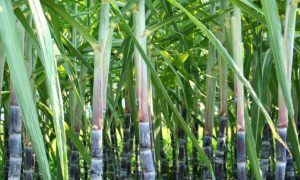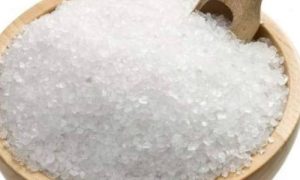Sugar output expected to drop next year

THE United States Department of Agriculture (USDA) sees the Philippines producing less sugar from September 2023 to August 2024.
In a report, the USDA revised its output forecast for the Philippines from 1.9 million metric tons (MT) to 1.8 million MT.
“Declining sugarcane planting areas and weather disturbances, including the ongoing El Niño, are expected to affect sugar production,” said USDA.
“The El Niño phenomenon increases the likelihood of below-normal rainfall and reduced yields,” it added.
The figure was also below the Sugar Regulatory Administration’s (SRA) forecast of 1.85 million MT, as noted in Sugar Order (SO) 1.
The reduction was attributed to the closure of one sugar mill, the Central Azucarera Don Pedro (CADP) in Batangas, due to financial challenges.
The agency also forecasts no sugar exports, citing SO 1 allocating all production for domestic consumption.
Meanwhile, sugar imports for the Philippines were estimated at 257,000 MT raw equivalent, including 150,000 MT refined sugar, to stabilize consumer prices and provide two months of buffer stocks.
The figure is lower from 2023’s estimate of 735,000 MT.
In terms of sugarcane area, USDA lowered its forecast to 385,000 hectares (ha) from the previous 390,000 ha.
It attributed the decline to the loss of areas for sugar planting in Batangas supplying CADP.
“Despite the loss of area in Luzon, expansion in sugarcane areas in Mindanao will partly compensate for the sugarcane farms covered by CADP, about 10,500 hectares,” USDA said.
At the end of the milling season, USDA said that mill site prices would remain high, averaging P3,000 per 50-kilogram bag in July.
It noted that prices normally increase toward the end of the milling season, from June to August, as sugarcane supply decreases.
“The prevailing high prices will continue to encourage farmers to plant sugarcane instead of shifting to other crops like corn, cassava and banana,” said USDA.
Sugarcane planting normally starts in October and ends in May. Some farmers in Batangas continue to plant sugarcane to supply other sugar mills and bioethanol producers.















